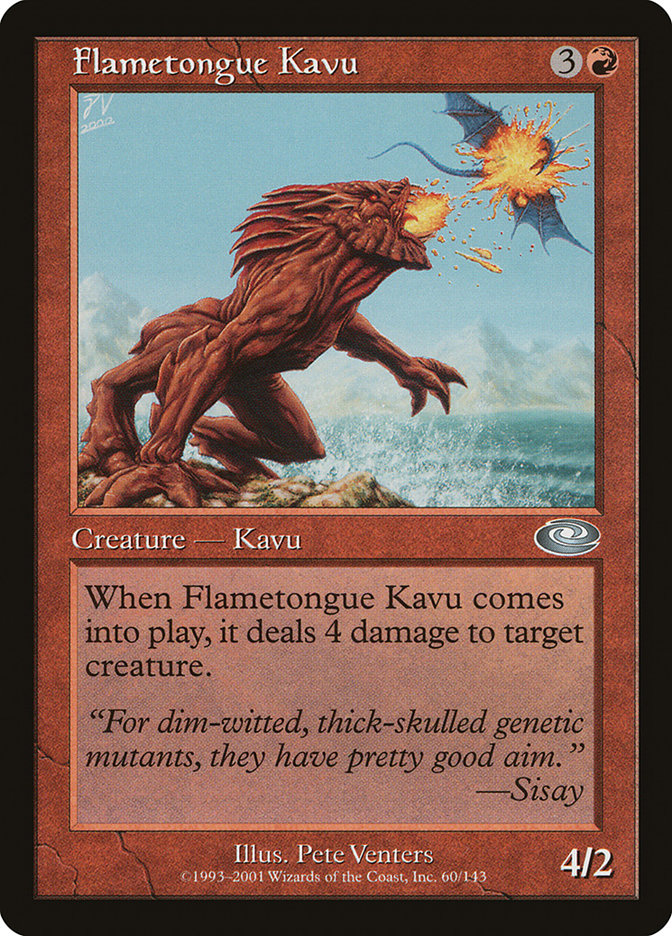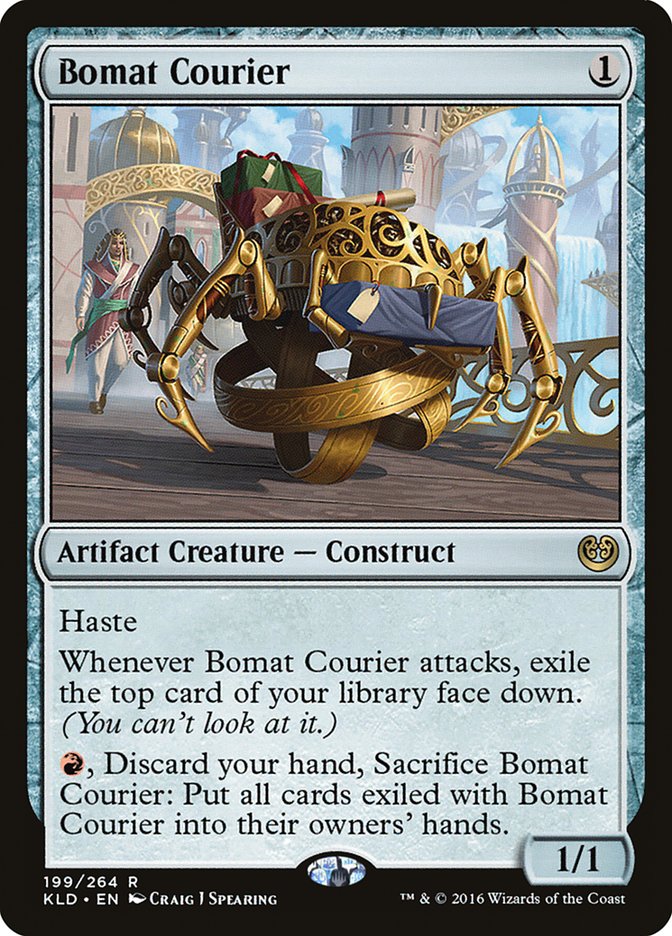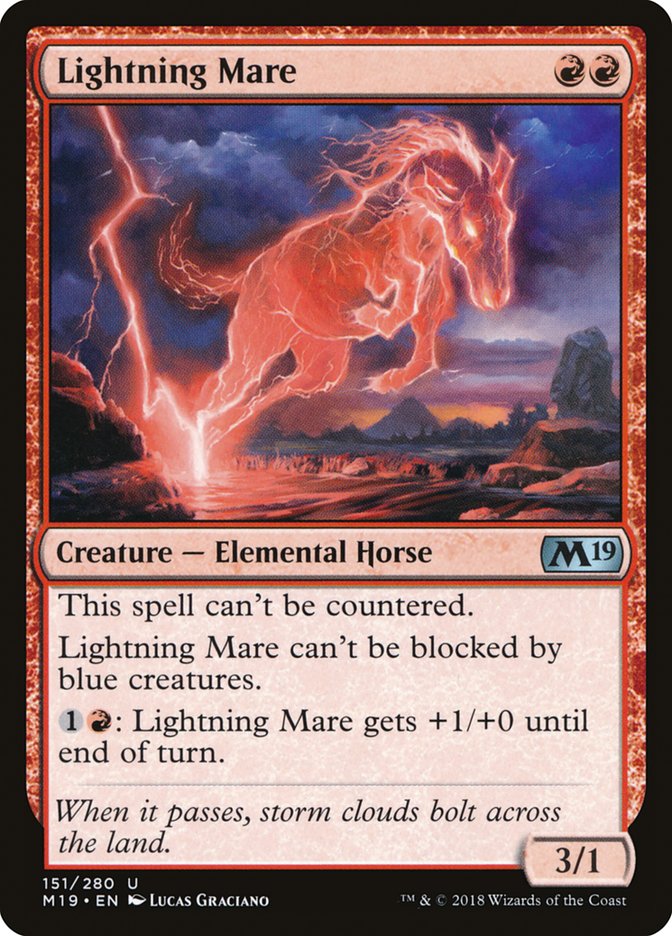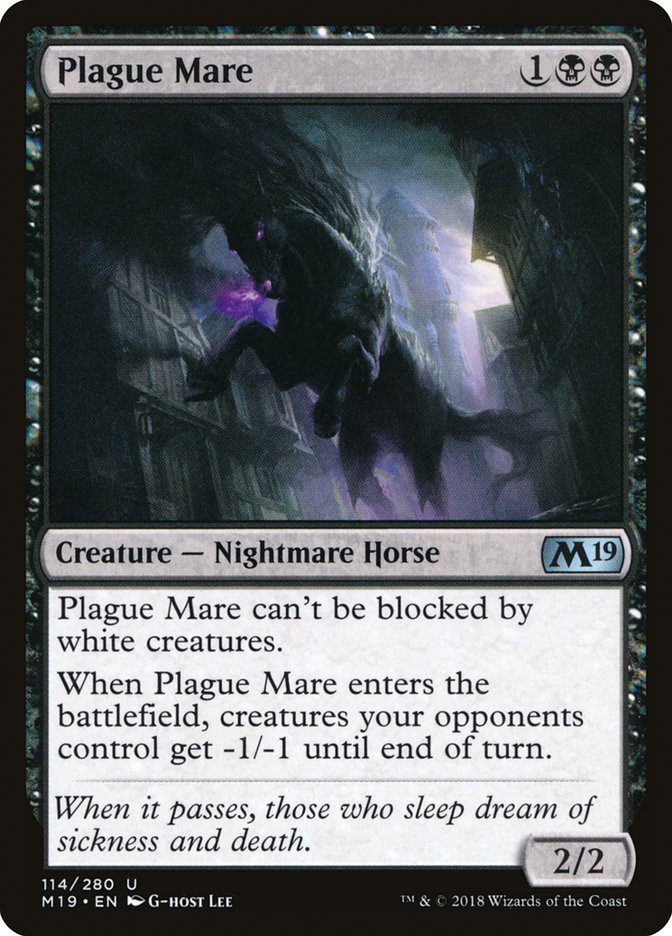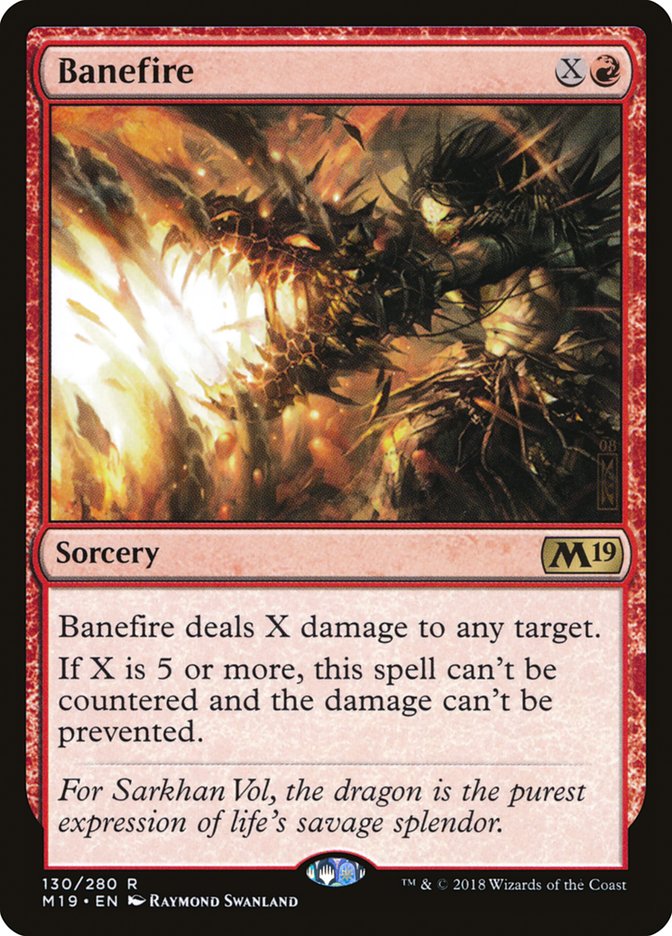Standard as we know it is about to change, but we can still take some lessons from the existing format with us as things get shaken up by Core Set 2019. I’ve been vocal lately about my love of Goblin Chainwhirler and I’m pleased to report that, for as long as I’ve known Chainwhirler, Chainwhirler has loved me back. I made a snarky tweet complaining about the lack of diversity in Standard at Grand Prix Pittsburgh, but in the end, strike another win for the good guys as Mono-Red Aggro took down the tournament.
The Scarab God vs Goblin Chainwhirler in the finals. #GPPitt
— Owen Turtenwald (@OwenTweetenwald) June 24, 2018
With this win, I’ve decided to no longer refer to The Scarab God by its full given name. I’ve instead decided I will call it Scarab God and move the “The” where it belongs: to The Chainwhirler.
It’s easy to say The Chainwhirler is broken, but I find such a description to be lazy, so instead I’ll say I believe The Chainwhirler will join the ranks of all-time midrange greats like Siege Rhino, Pack Rat, and Thragtusk. People prefer to call it an aggro card, but if you’ll look at my decklist from Pro Tour Dominaria, the secret’s out – I played 25 lands, and that deck was midrange, folks!
The Chainwhirler Scales
Sometimes, The Chainwhirler will enter the battlefield and only deal one damage to your opponent. When this happens, it still closely resembles a card worth playing in an aggressive Standard red deck. Occasionally, however, it will deal damage to multiple creatures or even multiple planeswalkers, and when it’s all said and done, your opponent will always lose one life from the privilege of doing business with The Chainwhirler.
I played a game at the Season One Invitational where my first copy of The Chainwhirler sat alongside its good friend Soul-Scar Mage and dealt one to a Thopter token, put a -1/-1 counter on Pia Nalaar, and finished off Chandra, Torch of Defiance. If you want me to quantify the total effect this had on the game, I destroyed a creature and a planeswalker while removing one power and one toughness from the battlefield, and finally dealing one damage to my opponent.
Therefore, I paid three mana and got a 3/3 with first strike, simulated Hero’s Downfall, and destroyed a creature (albeit a token). Further, I like to think of removing one power and one toughness as being remarkably similar as adding one power and one toughness to my own battlefield, and the best comparison I have to that is getting a 1/1 token myself, or you could even count The Chainwhirler as a 4/4.
An even simpler way to look at things: sometimes The Chainwhirler does one damage, and sometimes it enters the battlefield and deals five damage. Remember when players used to say…
“Does this pass the Flametongue Kavu test?”
They will no longer use this antiquated reference and will instead talk about its ubiquitous nature by asking, “Does this pass The Chainwhirler Test?”
The Chainwhirler Is a Direct Damage Burn Spell
During my preparation for Pro Tour Dominaria I tried just about everything I could, but each time I played against R/B variants, I struggled. I felt like each game I would play to a favorable position, and then my opponent just so happened to topdeck a burn spell at the last possible moment. But what I didn’t appreciate immediately is that, when you count The Chainwhirler as a burn spell in addition to all the other wonderful things it does, red decks in this format actually have quite a few burn spells.
The tension of playing against a red deck in any game of Magic is that they’re trying to deal damage directly to your life total as quickly or as reliably as possible, and R/B Aggro doesn’t disappoint. Bomat Courier, The Chainwhirler; Chandra, Torch of Defiance; Lightning Strike, Glorybringer, Hazoret the Fervent, Unlicensed Disintegration, and Lightning Strike all end up throwing damage at the opponent’s face, each in small amounts at times, but it all adds up to be a part of a balanced breakfast.
The Chainwhirler Crews Heart of Kiran
I’m disappointed to see people sleeping on Heart of Kiran, a card that has been an all-star for me each time I’ve played with it. I call it a two-mana Serra Angel and people laugh it off, but sometimes it does exactly that. I’d also like to stress that Heart of Kiran doesn’t need to enter the battlefield on Turn 2 and deal all twenty damage by itself to be considered the best option for that spot on the curve.
Sometimes I play it and it attacks twice, but eventually trades for a card – I consider that a huge win. I spent two mana for eight damage and stayed neutral on cards, a better rate than Boros Charm in Burn. But it’s important to keep in mind that, when playing with The Chainwhirler, sometimes I operate like a Burn deck and other times like a midrange Jund strategy.
The Chainwhirler Has a Secret Mode
The secret mode on The Chainwhirler is its deckbuilding restriction. Forcing its pilots to play mono-red or red with a small splash actually makes your manabase stronger and more consistent than the two-color manabases in the rest of the metagame. Before William Jensen won the World Championship last year, a huge reason why we wanted to play Temur Energy was because it actually had a solid manabase with four copies of both Attune with Aether and Aether Hub alongside Spirebluff Canal and Botanical Sanctum.
The two-color decks in Standard have an element of inconsistency that people generally just don’t talk about, and the three-color decks have to play 28 lands to help get their colors right. I thought the mana in Standard was bad a few months ago, became unsure as I played more, and now feel confident. Red decks have succeeded not only due to the power level of The Chainwhirler but the fact that it pays you to play with it, and that payment is buttery-smooth mana.
The Chainwhirler Is Hard to Misplay
The Chainwhirler is built to prey upon cheap creatures which seem universally to be most effective when cast early in the game. Bomat Courier, Llanowar Elves, and Glint-Sleeve Siphoner come to mind. I rarely find myself in a position where I’m not sure if I should cast The Chainwhirler or not, since if my opponent ever had one of the good high-value targets, they would be greatly incentivized to cast them as quickly as possible. Therefore, I always have the option for the blowout Flametongue Kavu effect with a fallback of an efficient on-curve threat.
The Chainwhirler has completely warped the metagame to a point where creatures that cost less than three mana need to be extremely durable and the ones that would normally be strongest against control have become undesirable, which makes cards like Disallow much better than they normally would be. Control is good because the best cards against it are Bomat Courier, Glint-Sleeve Siphoner, and Llanowar Elves, and putting them in your deck is a huge liability. If the cheap creatures are worse, that makes the average converted mana cost of strong Constructed cards higher. The slower the format becomes, the more control has the upper hand.
I saw a friend at GP Pittsburgh playing a U/W Control deck and I teased him a little, saying, “Haven’t you seen the front page of the newspaper? It’s The Chainwhirler’s world and we’re all just living in it.”
Control saw some success this weekend, and it appears to be as a result of Mono-Red players experiencing panic and over-preparing for the mirror match. Therefore, players who played Mono-Red either didn’t splash black for Duress or eschewed Bomat Courier to avoid The Chainwhirler. I’m proud to say I came prepared to beat control and my decklist had four copies of both Duress and Bomat Courier this past weekend.
Moving to Core Set 2019, one card that looked amazing to me on was Lightning Mare. It is cheap, hits hard, crews Heart of Kiran, and, maybe most importantly, can’t be countered, but I wouldn’t be doing my job if I didn’t remind you that it fails “The Chainwhirler Test,” so it must be at least as good as Bomat Courier in the right matchups to be worth considering.
One thing to keep in mind: if a card says “[This spell] can’t be countered,” it’s usually a red flag that the creators of the game want you to at least try it in Constructed. One of the biggest concerns I’ve heard about Heart of Kiran is that, once it’s on the battlefield, it opens up the opportunity for the control players of the format to counter each threat that comes after it, leaving it entirely useless, so cards like Lightning Mare and Scrapheap Scrounger have added value. If control decks continue to be prevalent, Lightning Mare could potentially be a scary card for them.
As long as I’m reviewing Horse-themed cards from Core Set 2019, I might as well touch on Plague Mare as well. I’m under the impression that Wizards of the Coast makes the sets far in advance and they sometimes work with incomplete information about which cards will be good, great, or dominant, and they surely underestimated The Chainwhirler.
I see a trend emerging of checks and balances they put into place to ensure that Llanowar Elves wasn’t too overpowered, and the end result is seemingly complete duds like Plague Mare. I struggle to see a metagame where I want this card unless somehow people continue not to adapt to The Chainwhirler. Plague Mare may show up in some sideboards at some point, as even I have used Minister of Pain to win a Grand Prix.
With control on my mind, I’m obligated to mention Banefire to close things out today. Fireballs haven’t generally been quite strong enough for Constructed play, but this reprint looks interesting because of the interaction it has against Settle the Wreckage.
I’ve already seen a trend of Fight with Fire as a hedge against Lyra Dawnbringer but primarily a head-shot strategy against Settle the Wreckage to take advantage of the lack of a clock that U/W Control decks provide. They can either use lifegain or lean on Commit // Memory, which actually works as a way to counter spells that are normally uncounterable; I’ve used Commit many times on Carnage Tyrant, and it feels as good as it sounds. My gut instinct says we should see about two copies of Banefire in sideboards of many red decks moving forward.
If you’re a control player, make sure you’re prepared.



